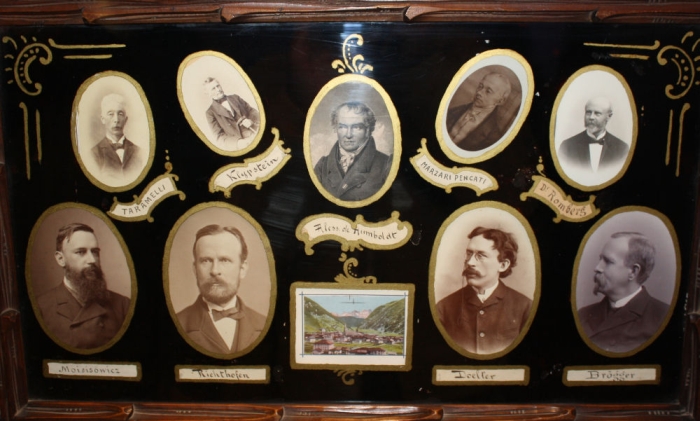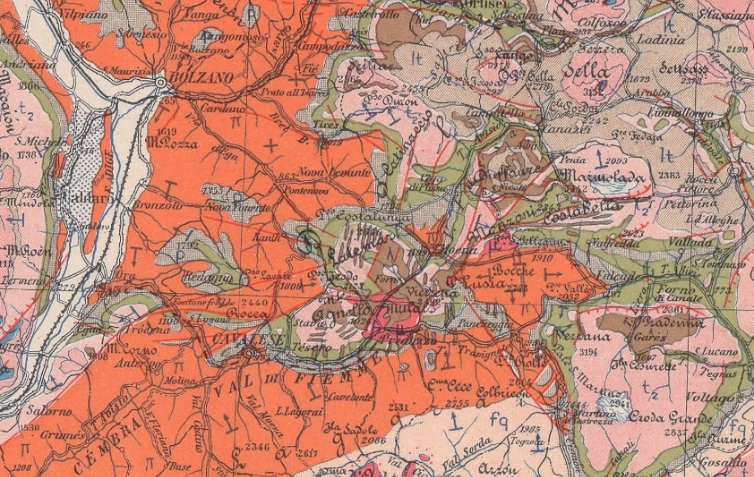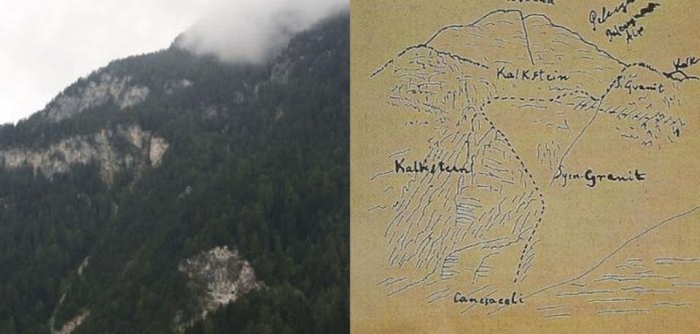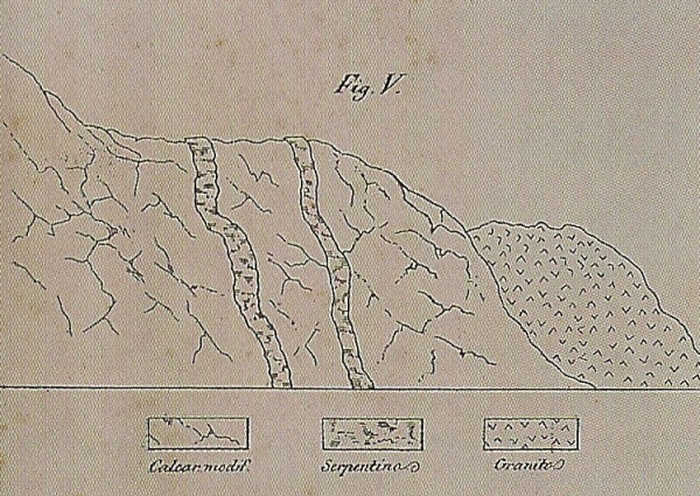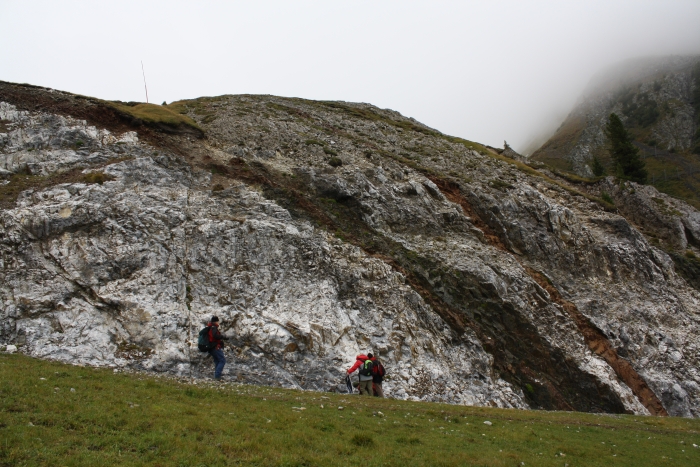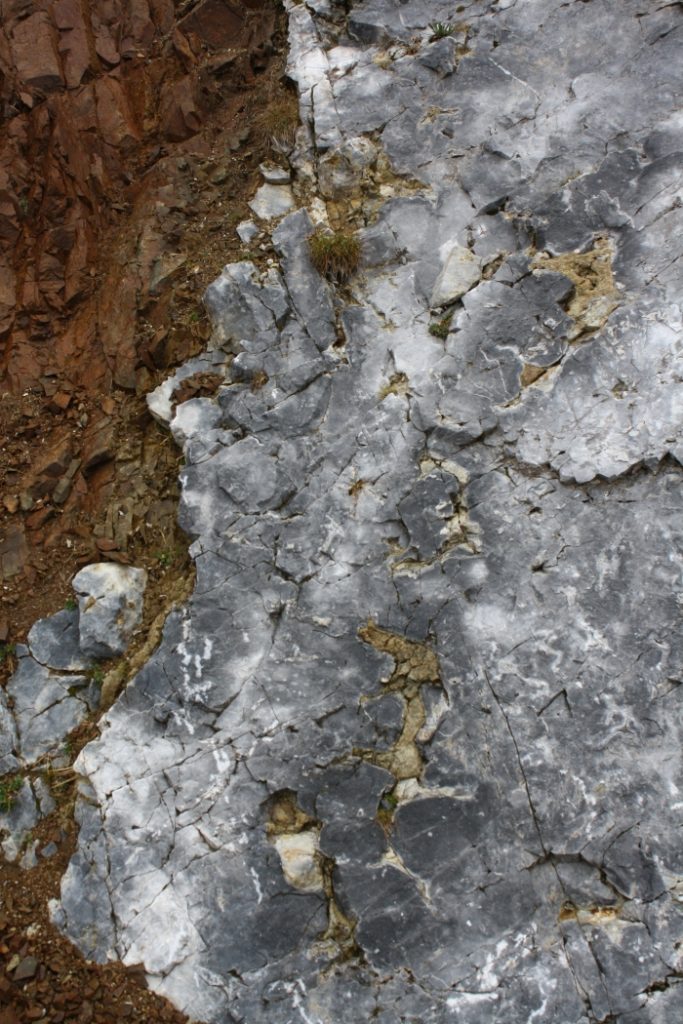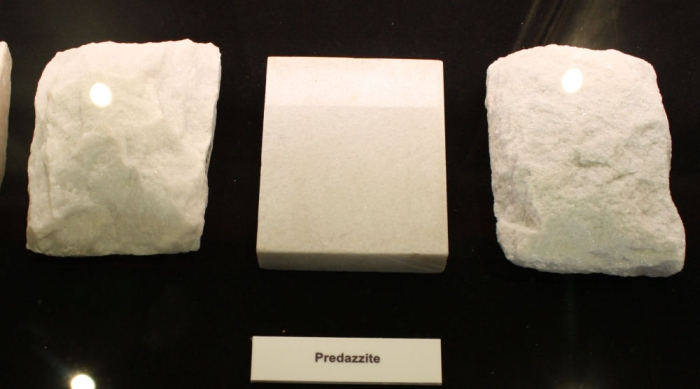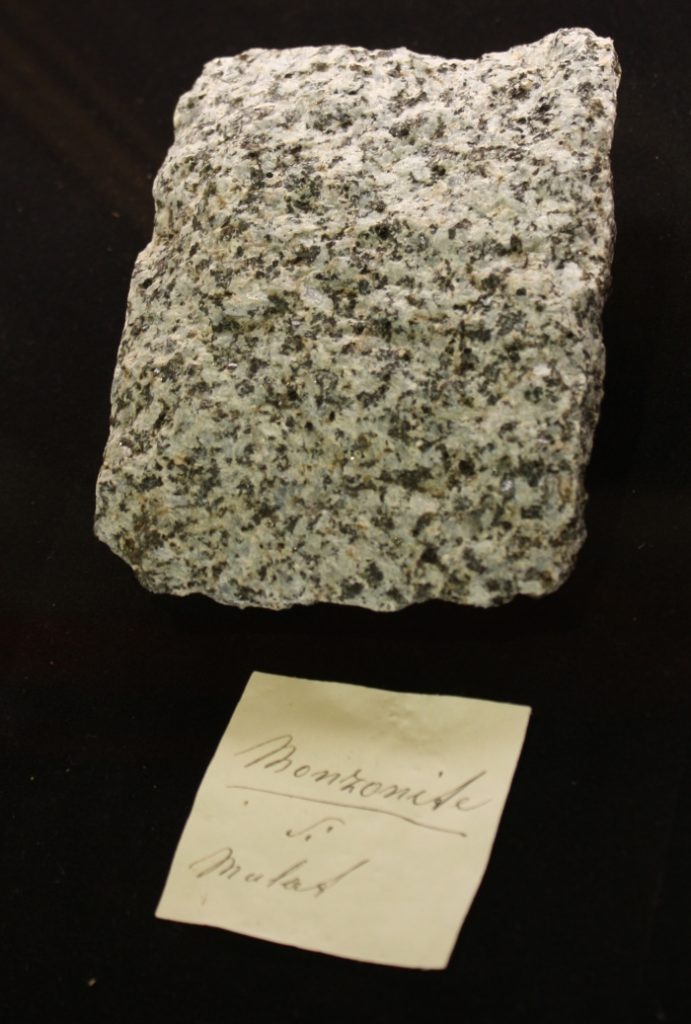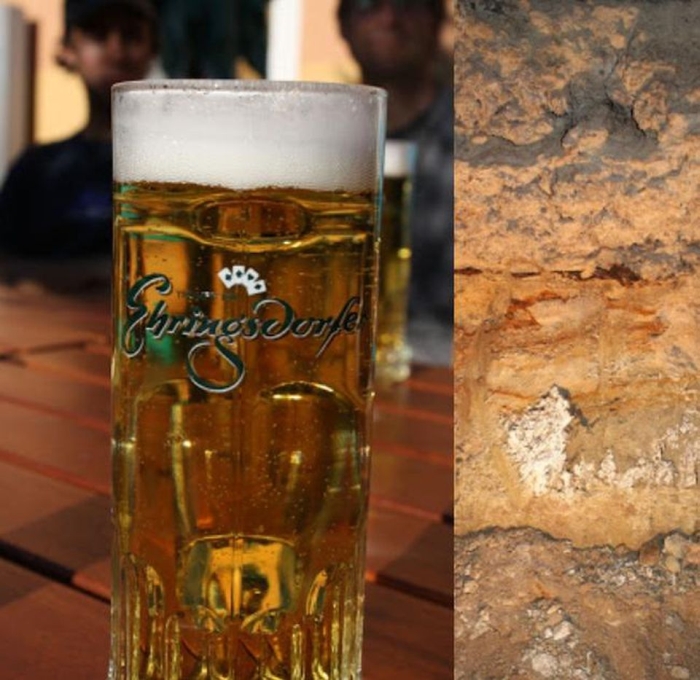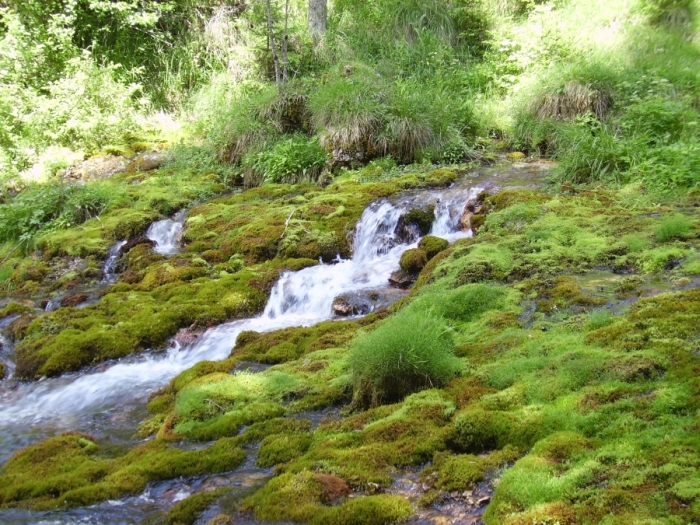The Great War (1914-1918), fueled by technological innovations and the industrial revolution, was a new type of war. Every corner of the world was touched, from the sea to the highest peaks of the Alps. Entire landscapes were devastated by high-energy explosives.
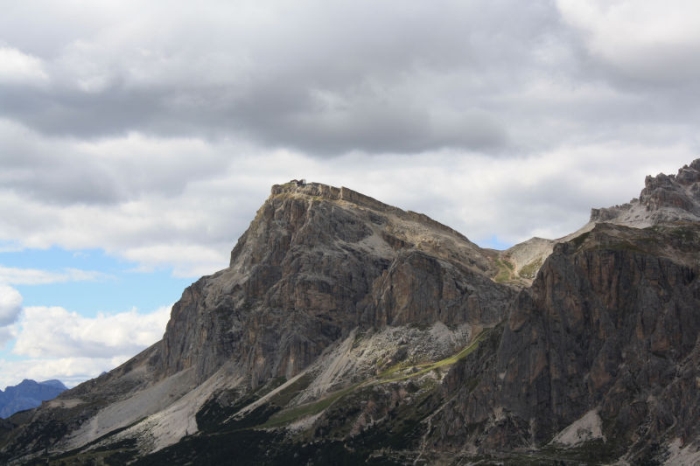
May 23, 1915, Italy declares war on Austria-Hungary, bringing the war also into the Dolomites. The Austrian military high command fears that the Italian army now can reach the capital city of Vienna in just a few days, so the local troops are ordered to fortify the most important routes and mountain passes in the region. There was no experience with combat in such an extreme environment. Braced by snow-capped mountains, neither side can find a way to dislodge their enemy.
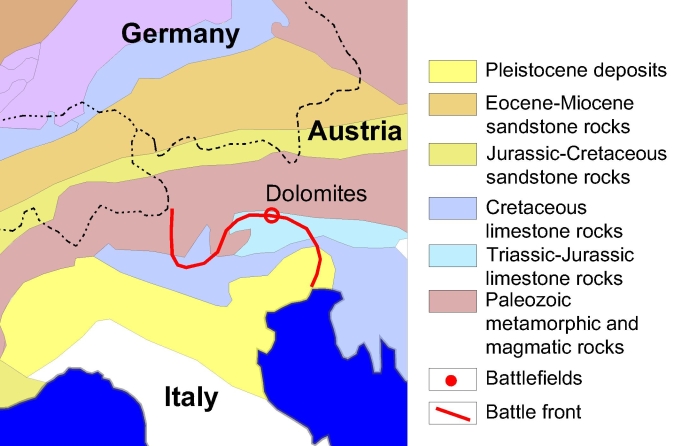
Of strategic importance was the Falzarego-Pass. The nearly vertical cliffs of the Lagazuoi, a 2.835 meter-high mountain, overlook this pass. The Austrian forces fortified the mountain summit, attacked from below by the Italian forces. It was almost impossible to directly attack the enemy, defending himself with machine-gun nests and taking shelter behind rocks. The military tried to solve this problem with tactics first successfully adopted in the plains of France. Tunnel warfare involves the construction of long tunnels beneath the enemy lines, large quantities of explosives are then detonated to form a breach. In the Dolomites, explosions were also used to trigger rockfall and kill the enemy.
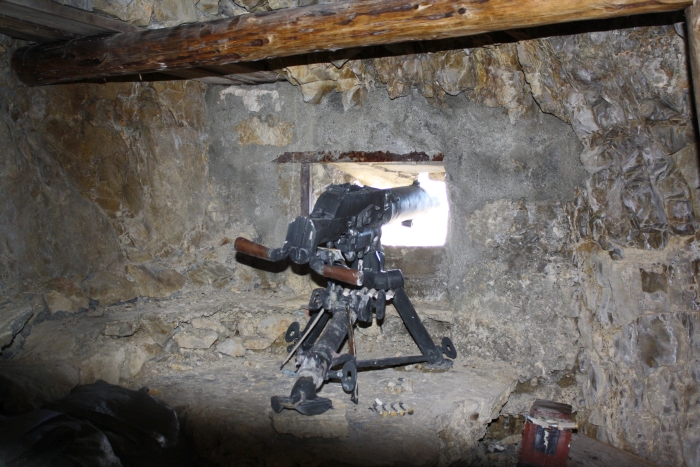
In July 1916, to reach the Italian position located on a rock ledge (formed by a large fault) on the southern side of the Lagazuoi, the Austrian army started to dig a tunnel from the northern side. Adopting a similar strategy, the Italian army tried to dig a tunnel beneath the peak of the Lagazuoi. The Austrians detonated the first mine on January 14, 1917.
The Lagazuoi is composed of the Cassian-Dolomite, the dolostone core of a former Triassic reef. The relative plain summit of the Lagazuoi is formed by erodible marl deposits of the Heiligkreuz- and Travenanzes-Formation. The Falzarego-Pass and nearby Valparola-Pass are located in the former basin sediments (soft sandstone and marl formations) separating the Lagazuoi reef from nearby carbonate platforms.
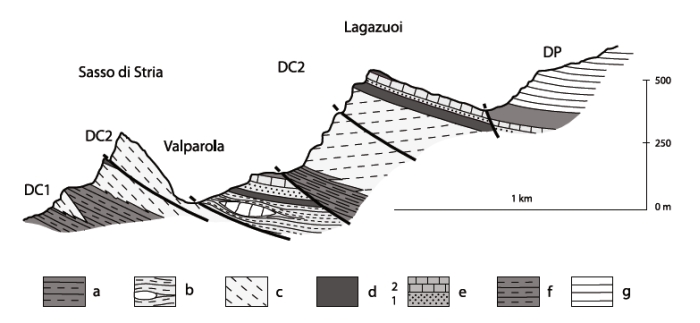
The hard dolostone is deformed and broken by tectonic forces. However, the rock was much harder to excavate than expected. Working incessantly the miners were able to advance 9 meters a day. Between 1915 to 1917, when the war in the Dolomites ended, more than 34 such tunnel blasting operations were attempted, 20 by the Italian and 14 by the Austrian military.
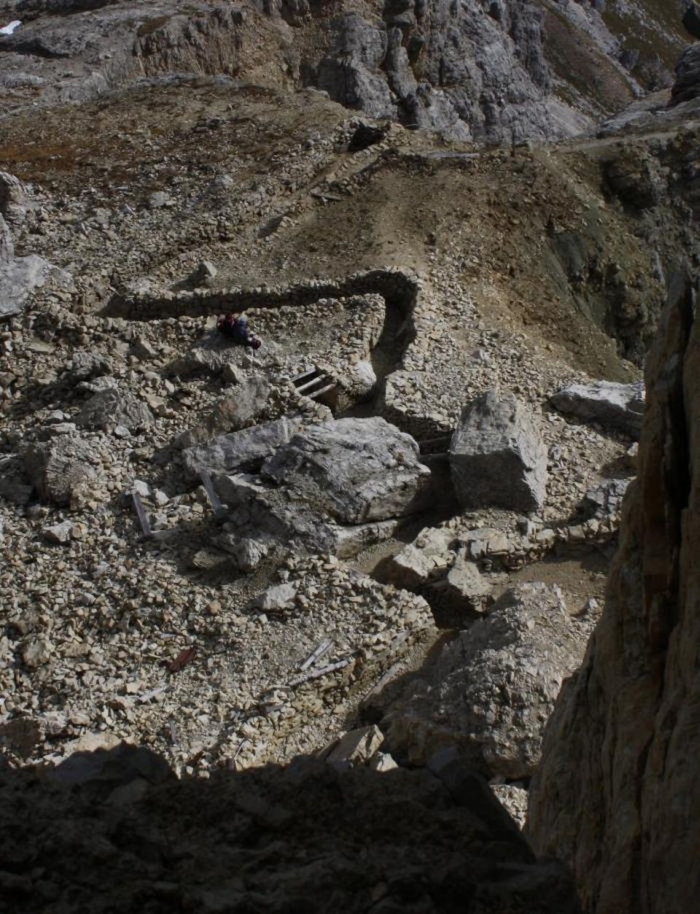
In 1917, shortly before detonating a mine, the Italian soldier Luigi Panicalli wrote: “I realize that in just some moments the results of all the months of work and suffering will become visible. I’m like
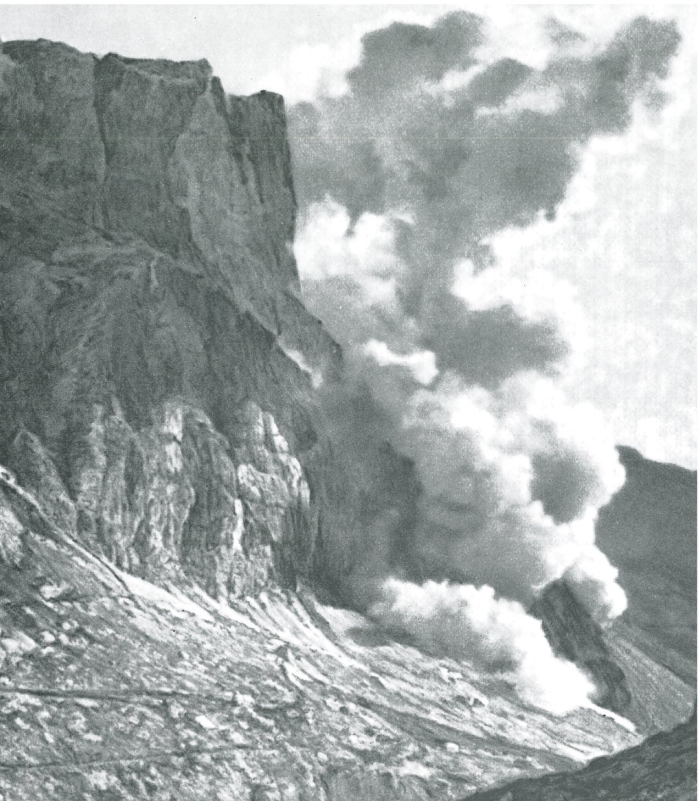
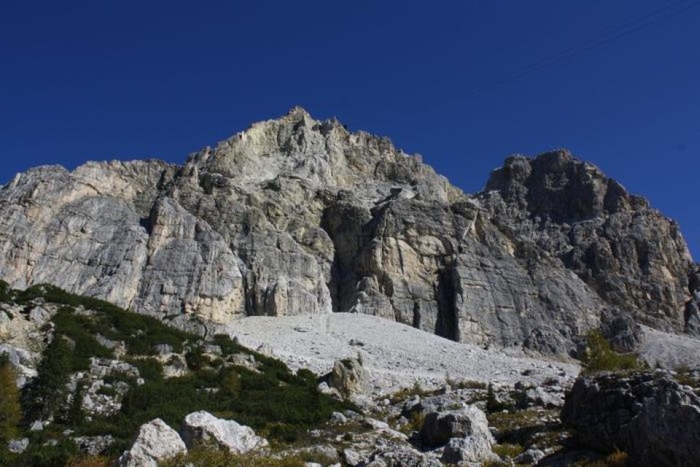
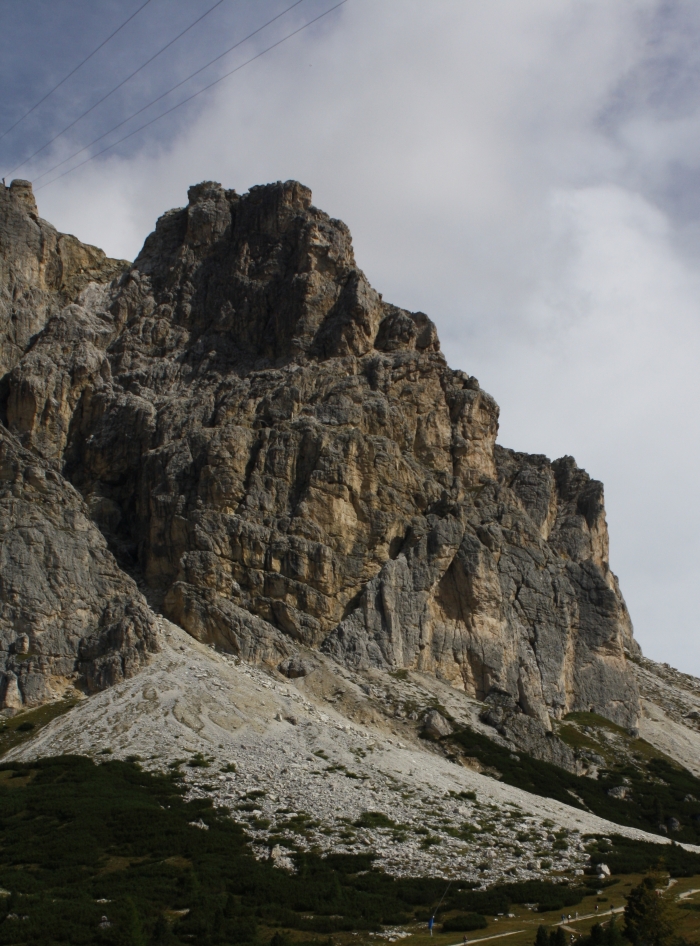
References:
- BREDA, A. et al. (2009): The Carnian Pluvial Event in the Tofane area (Cortina d‘Ampezzo, Dolomites, Italy). Geo.Alp, Vol. 6.: 80–115
- HÜSLER, E.E. (2017): Auf alten Kriegspfaden durch die Dolomiten – 30 spektakuläre Wanderungen auf historischen Wegen. Bruckmann Verlag: 158
- LANGES, G. (2012): Die Front in Fels und Eis – 1915-1918. Verlagsanstalt Athesia, Bozen: 232
- MEDERLE, O. (2016): Auf den Spuren der Tiroler Front – Wanderungen zu den Kriegsschauplätzen 1914 bis 1918. Athesia Verlag: 176
- TROMBETTA, G.L. (2011): Facies analysis, geometry and architecture of a Carnian carbonate platform: The Settsass/Richthofen reef system (Dolomites, Southern Alps, Northern Italy). Geo.Alp, Vol.8: 56-75
